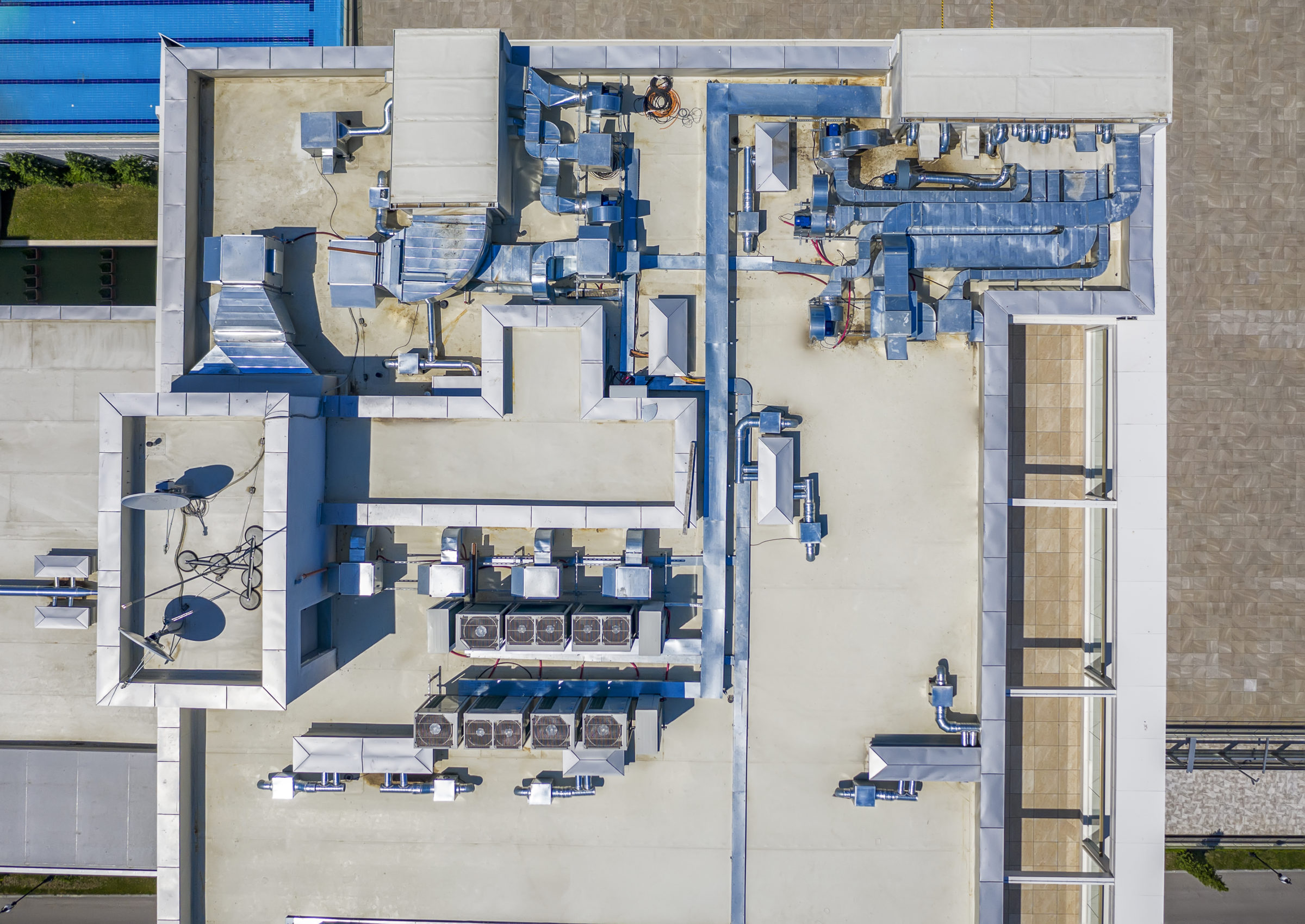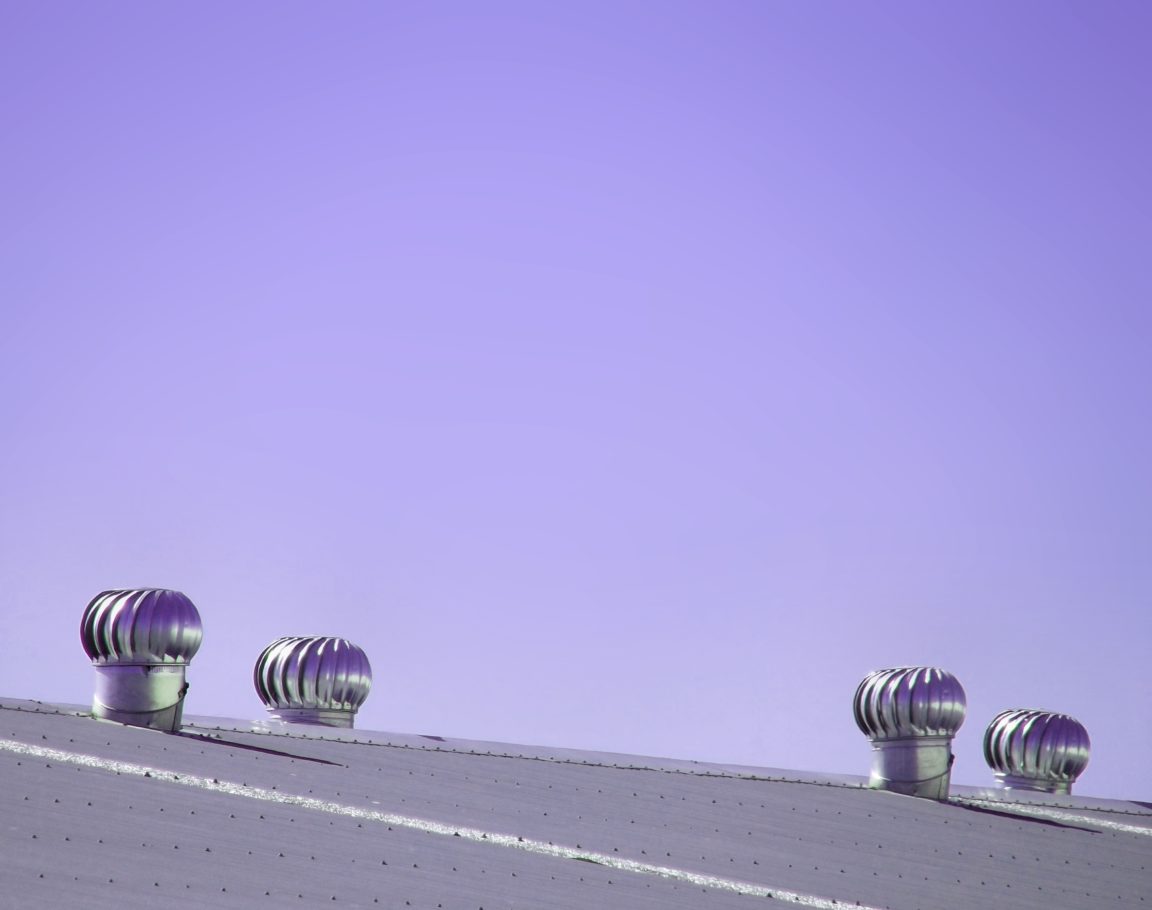The weather in Australia varies, with extreme highs and extended periods of rainfall. These changing conditions can make it difficult for homeowners to regulate temperatures and prevent moisture problems.
The best way to combat this problem is to drive heat and moisture out of your house. One method is by using solar roof ventilation to alleviate the problem. It’s cost-efficient and easy to install. What else should you know to make smart decisions for your home?
Below you’ll get a complete overview.
Why is Roof Ventilation Important?
Roof ventilation is extremally important in your home, not only to cool down your roof cavity but for the overall condition of your roof space. Poor roof ventilation can lead to problems such as mould and decay as well as affect the performance of your roof’s insulation. Not to mention, a hot, damp space is the perfect breading ground for creepy crawlies. Here’s how roof ventilation will help with these issues.

The Power of Roof Ventilation
Increases Airflow
One of the key factors of a ventilation system is that it removes excess heat from your home. This makes the space more comfortable to live in and improves the flow of the air. The bonus here is that you won’t have stale air inside the home, which is a health benefit too. With better air quality, you can expect a healthier lifestyle.
Manages Your House’s Temperature
The roof of your house can trap heat very easily, making it feel stuffy and uncomfortable. A roof ventilation system helps remove this heat, keeping it cooler for longer. This reduces the strain on your air-conditioning system while preventing heat and moisture damage. You’ll save both on energy costs and maintenance.
Protects Your Attic During Winter
In the cold winter months that sometimes brings wet weather, you can protect your attic from damage. It works by equalising the exterior and attic temperature. Moisture damage caused to insulation and framing materials, are no longer something you need to worry about.
There is no need to stress over structural decay due to ice damming or the risk of mould or fungus growth. All these problems are a thing of the past.

Signs of Inadequate Roof Ventilation
You may wonder whether this is a necessary expense. After all, you don’t want to spend money for no reason. There are many ways to determine whether your roof ventilation is inadequate. Things to look for include:
- Ice dams during cold months: When snow melts it will run down your roof and end up freezing around the eaves. The water expands when it freezes which causes damage to the structure, even leading to leakages. If your attic is poorly ventilated this melt and freeze cycle will continue as the hot air continues to rise.
- Damp insulation: If your roof insulation becomes damp or wet it can no longer do its job properly as it loses a high percentage of its insulating ability. Condensation due to bad ventilation causes this problem.
- Moisture damage: Moisture can cause a lot of problems, including water stains, mildew, mould and structural damage. Many of these are easy to spot if you know to look for them.
- Frost on the interior structure: If you notice frost on roof components like the rafters, this is a good indication that your roof ventilation needs an intervention.
- Home temperature: Measure the temperature in your roof cavity. If it is much hotter than the temperature outside you would benefit from roof ventilation.
All these problems can easily be rectified by installing the right roof ventilation system.

How to Select the Right Solar Roof Ventilator
The days of whirlybirds providing roof ventilation are over. More modern roof ventilators deliver superior performance and are worth the cost to install. One example would be a solar-driven unit.
Factors to consider when deciding on a new ventilation system and installing it:
- General specifications: Take into consideration the wattage and the diameter of the system, to ensure it will suit your roof.
- Warranty: You want appropriate cover that will ensure a long term investment.
- Installation: Roof flashing should be tailored to the contours of your roof to prevent leaking and provide a sleek finish that looks professional and stylish.
- Eco-friendliness: A modern system, especially driven by solar power, is a great step in going green and providing roof ventilation using a sustainable energy source.
- Ease of installation: You’ll often have professionals install a system, to ensure efficiency. Find out the details so you can plan accordingly.
Conclusion
There are so many excellent reasons, such as those listed above, to ensure that your roof is ventilated correctly. Avoid serious problems caused by poor roof ventilation by checking for early warning signs and catch the problem before it becomes serious. It’s to your home’s benefit now and in the long run.





